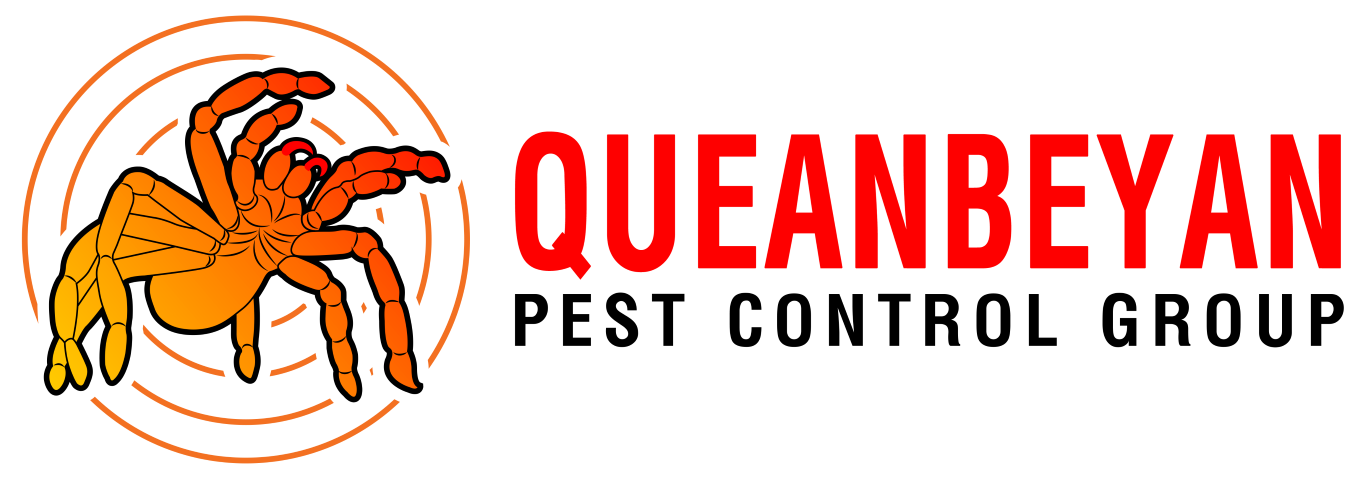Professional Possum Removal in the Queanbeyan Region
What is a possum?
A possum is a small marsupial with a prehensile tail that usually lives in a tree. Like most marsupials, possums are nocturnal – preferring to sleep during the day and forage for food at night. In Australia, there are around 30 species of possum.
What are the operating hours of a typical possum?
Possums are generally active between dusk and sunrise, which makes possum removal in Queanbeyan tricky.
Are possums protected in NSW?
Possums are a protected species in NSW and the ACT – meaning they can’t be killed or harmed. Possum removal in the Queanbeyan region involves capturing and relocating the possum (at dusk) to an area not more than 150 metres* from the capture site.
* In the ACT, this distance is 50 metres.
Which possum species are found in the Queanbeyan region?
The three most common possum species found in the Queanbeyan region are the common brushtail possum (Trichosurus vulpecula), common ringtail possum (Pseudocheirus peregrinus), and mountain brushtail possum (Trichosurus cunninghamii).
What attracts a possum to a roof cavity?
A possum is attracted to a roof cavity when it can’t find a tree hollow or suitable nesting tree. The chosen roof cavity is usually situated close to water and food sources. A possum loves the safety and darkness of a roof cavity.
What are the signs of a possum infestation?
If you observe any of the following signs, you might have a possum living with you.
- Your roof cavity gets noisy at night (usually thumping, hissing, and screeching noises).
- A yellow-brownish stain appears on your walls or ceiling (possibly possum urine).
- Your dog or cat becomes agitated when indoors.
- Putrid smells emanate from your ceiling or walls.
- Externally-located pet food disappears overnight.
- You come across cylindrical droppings that are around 2 centimetres in length.
- You come across chewed electrical wiring in the ceiling.
Some of these signs may indicate the presence of a rat or mouse rather than a possum. Either way, Queanbeyan Pest Control Group has you covered.
How does possum removal work in the Queanbeyan region?
Our approach to possum removal in the Queanbeyan region is straightforward. We install a temporary one-way door (so the possum can’t return in the morning) or use an approved possum cage trap.
Will the possum come back after removal?
A possum is likely to return to the nest on your property unless you repair or block the access points to the roof cavity. Therefore a post-removal possum plan is essential (we can help you with this or refer you to a home repair service).
Do possums bite?
Possums don’t seek to bite humans, but if cornered or frightened, they will bite. A possum bite or scratch potentially exposes a human to disease.
Do possums carry diseases?
Yes, they do. Possums can carry bacteria, such as Mycobacterium ulcerans (Buruli ulcer), Francisella tularensis (tularaemia), Staphylococcus aureus (staph infection), and Leptospira (Leptospirosis). It’s important not to touch possums or come into contact with their faeces or urine.
Interestingly, subterranean termites (the ones that cause problems in Canberra) don’t generally leave frass (poop) behind. It’s the drywood termites – found in more humid parts of Australia – that leave piles of frass behind.
Is possum removal available in my part of Queanbeyan?
We provide possum removal services in the following suburbs and towns of the greater Queanbeyan region:
- Bungendore
- Bywong
- Crestwood
- Googong
- Greenleigh
- Jerrabomberra
- Karabar
- Queanbeyan East
- Queanbeyan Town Centre
- Queanbeyan West
- The Ridgeway
- Royalla
- Tralee
- Wamboin
To enquire about our possum removal services in Queanbeyan or to make a booking, please call 1300 022 122. Alternatively, please message us via our Contact us page.
